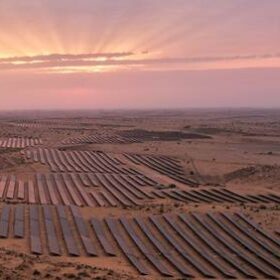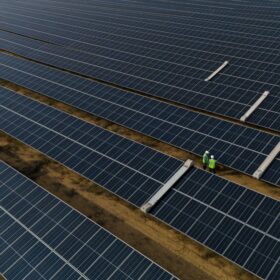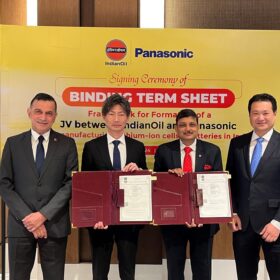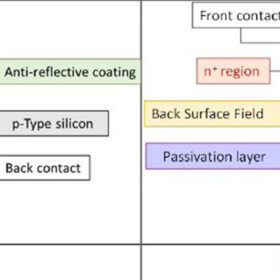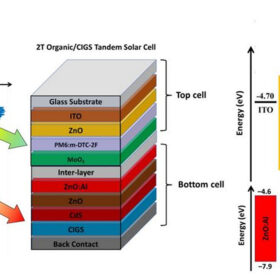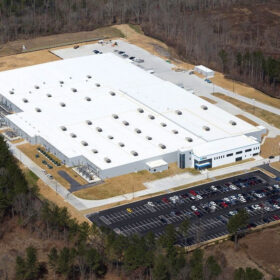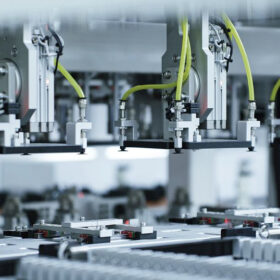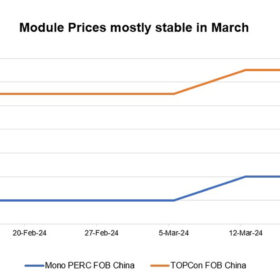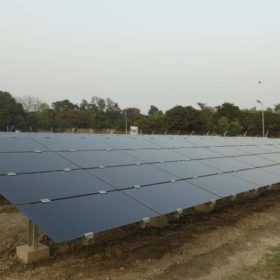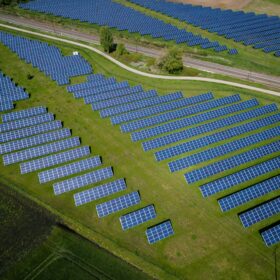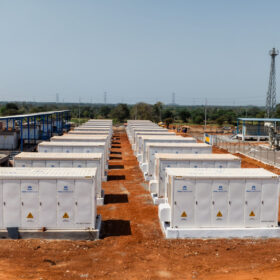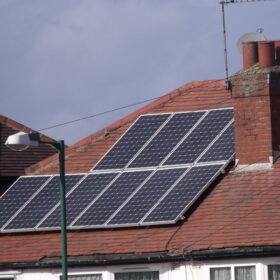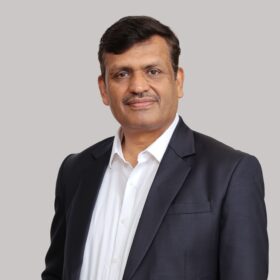Tata Power arm switches on 200 MW solar project in Rajasthan
The 200 MW solar project will be integrated into the central transmission utility bus to ensure the distribution of clean energy across the region.
India expected to install more than 20 GW of solar this year: JMK Research
India’s annual solar installations in 2024 will surpass 20 GW, with 15.9 GW of capacity likely to be added in the utility-scale segment and 4.2 GW on rooftops, says a new report by JMK Research.
Panasonic Energy, IndianOil to form lithium battery JV
Panasonic Energy and IndianOil have started discussing the framework for the formation of joint venture to manufacture cylindrical lithium-ion batteries in India. The JV will cater to the battery demand for two- and three-wheel vehicles and energy storage systems in the Indian market.
Environmental lifecycle assessment of PERC solar modules
IEA PVPS Task 12 analyzes the environmental impact of passivated emitter and rear cell (PERC) technology in PV installations in comparison to the monocrystalline silicon technology (AI-BSF) and the trend towards installing horizontal single-axis tracker systems as opposed to fixed tilt systems.
New design for organic/CIGS tandem solar cells promises 27.46% efficiency
Scientists in the Middle East designed a flexible two-terminal organic/CIGS tandem solar cell for wearable applications. The device achieved an open-circuit voltage of 1.89 V, a short-circuit current density of 17.55 mA/cm2, and a fill factor of 82.79%.
US solar industry calls for domestic content rules to support manufacturing
A recent report from the Solar Energy Manufacturers for America Coalition (SEMA) shows that with stronger support in the early stages, US module manufacturers would rely less on imports from Chinese-owned companies for materials.
Weekend Read: Solar giants enter the storage market
Energy storage is the new solar for an increasing number of Chinese PV manufacturers. However, China still requires enabling policies for storage to provide the end-market volumes needed to bolster the fortunes of manufacturers old and new.
Solar module prices remain steady amid unchanged market fundamentals
In a new weekly update for pv magazine, OPIS, a Dow Jones company, provides a quick look at the main price trends in the global PV industry.
Husk Power secures $20 million in debt financing from European Investment Bank
Husk Power will use the fund for the construction of community solar minigrids in Nigeria, installation of rooftop solar for commercial & industrial (C&I) customers, expansion of appliance sales to households and small businesses, and the scaling of value-added services such as agro-processing and e-mobility.
IRENA says global solar capacity rose by 345.5 GW in 2023
The International Renewable Energy Agency (IRENA) says developers installed 345.5 GW of solar throughout the world in 2023. China mainly drove the surge, accounting for nearly three-quarters of all new renewable energy, but IRENA says more equitable growth will be needed to hit 2030 deployment targets.
